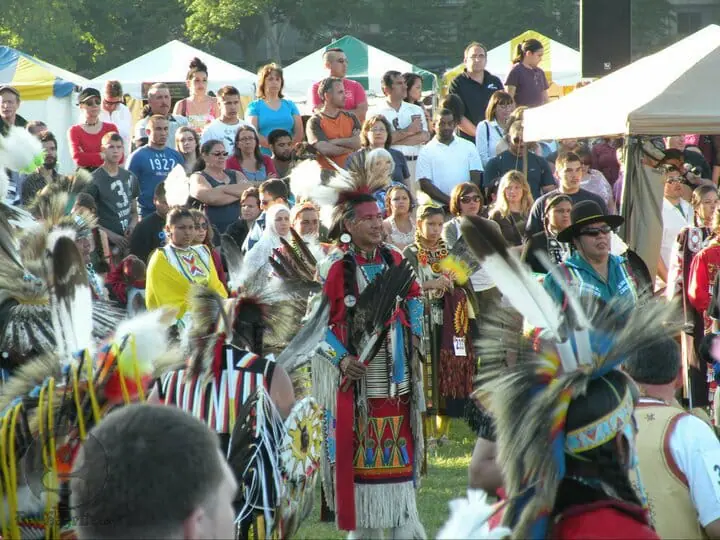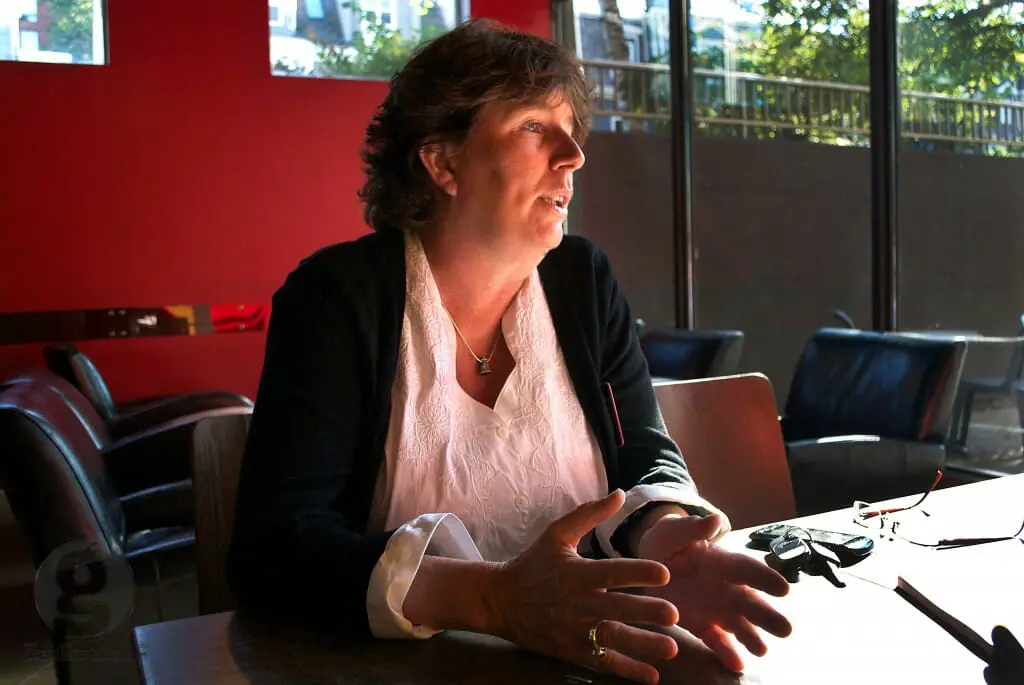
The tepees started being built a few days before. They were huge. There were 15 of them, arranged in a circle covering half of the North Common, and at night they glowed like a neon rainbow when organizers turned on the lights.
Those tepees and the drumming from within beckoned 60,000 people to the Halifax International Mawio’mi in July of 2011. Mawio’mi means powwow, or gathering, in Mi’kmaq. There were vendors selling Aboriginal jewellery and traditional Mi’kmaq food stuffed everyone’s bellies. It was delicious and free; almost everything was free. It was a three-day-long celebration and everyone was invited, from across the country and beyond.
This summer, no one came because there was no powwow to go to.
Organizers decided to take a break this year. It wasn’t a funding problem. All levels of government were willing to pitch in.
Sue Uteck is the chair of the Special Events Committee in Halifax. They agreed to give $100,000 to fund the powwow each of the last two years, and this year too.
“It was a first-class family affair. It was an amazing event,” she said about the 2011 gathering.
“We take into account a lot of things when we decide what to fund, and one of them is whether the event draws in national or international crowds,” Uteck says. The powwow brings in people from all over Canada, as well as from the Unites States.
The committee also looks at how much money the event plans to bring into the city. When event coordinator Andree Gracie presented the 2011 plans to the committee she estimated that number to be about $2.5 million.
But Gracie and her fellow organizer Deborah Ginnish wanted to take a couple of years to let new ideas emerge without having to rush.
“I think it’s the responsible thing to do,” Gracie says. “We’re going to take a breather and figure out how we can make it even better next year.”
But no powwow this year came as a major disappointment for the people who look forward to it as a time to celebrate and teach their culture. Natasha Bernard works for the Millbrook Band Council and goes to as many powwows as she can, all over the Maritimes.
“If I were travelling and had car trouble, I wouldn’t be stuck if I were near a reserve—I know so many people just from attending powwows,” she says.
“I get to see the younger generations dance and learn more about their own culture, and I love to see the reactions of the non-native people. It’s important that our culture stays alive. It was very disappointing that there was no powwow this summer.”
Jennifer Watts is the councillor for the area and says it was a model for the kind of events that the Halifax Common should host.
“It was amazing, no one complained. People are used to these expensive, fenced off events on the Commons. This was free, family-friendly and inclusive. And I think non-native people usually assume powwows are something they aren’t invited to.”
Gracie was happy with the feedback as well. “People stopped us on the street this summer and asked us, ‘Where is it? When is it coming?’ One woman said to me, ‘After last year’s event, Mi’kmaq people stood taller.’”
Dalhousie began having its own Mawio’mi the same year the powwows on the Commons began, in 2010. That powwow went on as usual this year on Oct. 2.
We will have to wait until next year for the International Mawio’mi to return, but if Gracie is right, it will be better than ever. And, as she says, it’s already pretty good.
“It’s pure, it’s celebratory, it’s inviting, it’s so organic. It tells the connection between the Mi’kmaq and the earth. It makes Mi’kmaq people proud to tell their story.”


Recent Comments